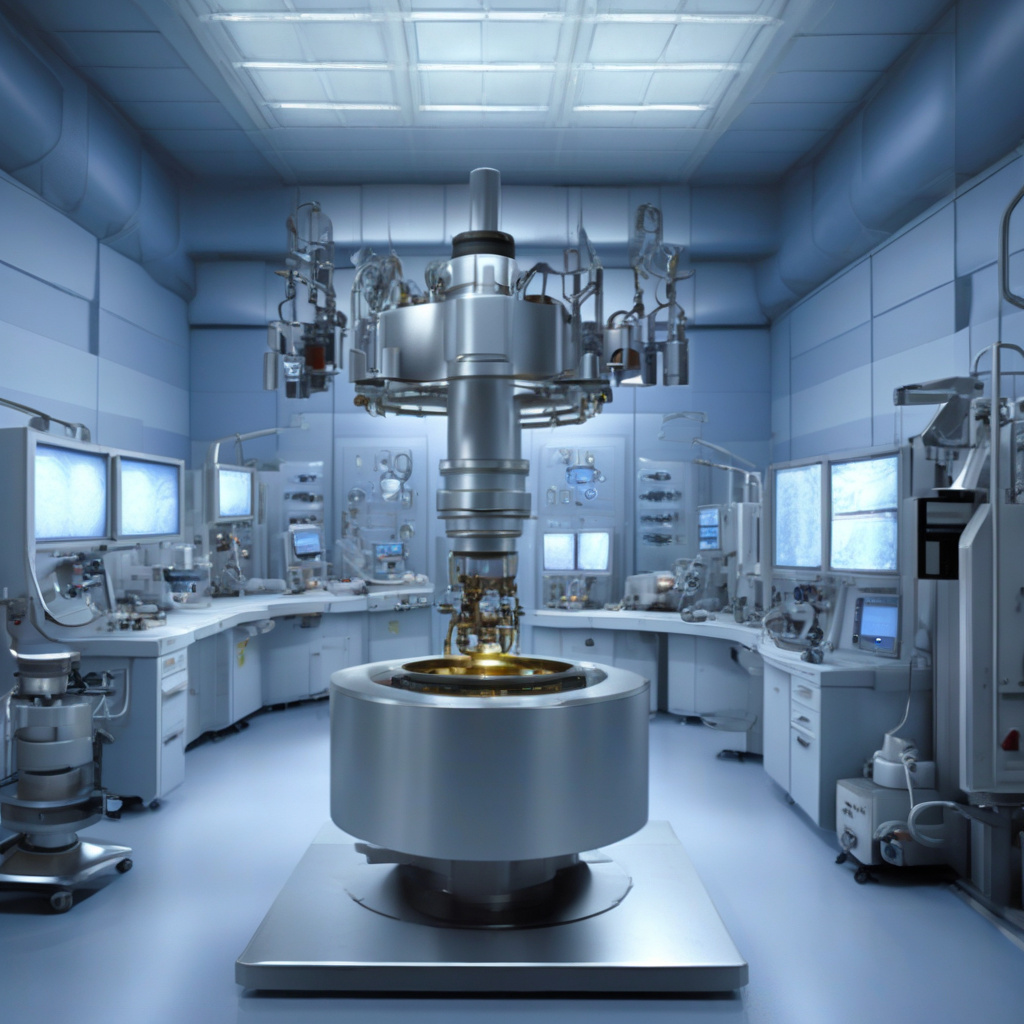New 3D Imaging Unveils Nanoscale Corrosion and Strain in Nuclear Reactor Alloys
MIT researchers have developed a technique that allows scientists to watch, in real time, how nanoscale corrosion and strain develop in materials used in nuclear reactors. This groundbreaking 3D imaging technology provides unprecedented insights into the behavior of reactor alloys under extreme conditions, paving the way for safer and more efficient nuclear energy production.
Traditional methods of studying corrosion and strain in materials often involve destructive testing or provide limited visibility into the intricate processes at the nanoscale level. However, MIT’s innovative approach utilizes advanced microscopy techniques to create detailed 3D images of alloy surfaces with nanoscale resolution.
By capturing high-resolution images of nuclear reactor alloys as they corrode and deform under stress, researchers can now observe the exact mechanisms that lead to material degradation. This real-time monitoring enables scientists to identify potential weak points in the alloy structure and develop strategies to mitigate corrosion and strain before they compromise the integrity of the reactor.
One of the key advantages of this new imaging technique is its ability to track changes in the alloy’s properties over time. By continuously monitoring the evolution of corrosion and strain at the nanoscale, researchers can analyze the effectiveness of corrosion-resistant coatings or mechanical treatments in real-world conditions.
Moreover, the 3D images generated by MIT’s technology offer valuable insights for designing next-generation nuclear reactor materials with enhanced durability and performance. By understanding how corrosion and strain propagate within the alloy microstructure, engineers can tailor the composition and processing of reactor materials to withstand harsh operating environments more effectively.
In addition to its applications in nuclear energy, this advanced 3D imaging technique holds promise for a wide range of industries where materials degradation is a critical concern. From aerospace components to biomedical implants, the ability to visualize and quantify nanoscale corrosion and strain could revolutionize the way engineers approach material design and maintenance.
As we look towards the future of nuclear energy and advanced materials science, MIT’s pioneering research sets a new standard for studying corrosion and strain at the nanoscale. By combining cutting-edge imaging technologies with deep scientific expertise, researchers have unlocked a wealth of opportunities to enhance the performance and safety of critical infrastructure worldwide.
In conclusion, the development of 3D imaging technology for monitoring nanoscale corrosion and strain in nuclear reactor alloys represents a significant leap forward in materials science and engineering. With the ability to observe and analyze material degradation processes in unprecedented detail, researchers are better equipped to address the challenges of maintaining infrastructure integrity in demanding environments.
#3DImaging, #NanoscaleCorrosion, #NuclearReactorAlloys, #MaterialScience, #MITResearch












